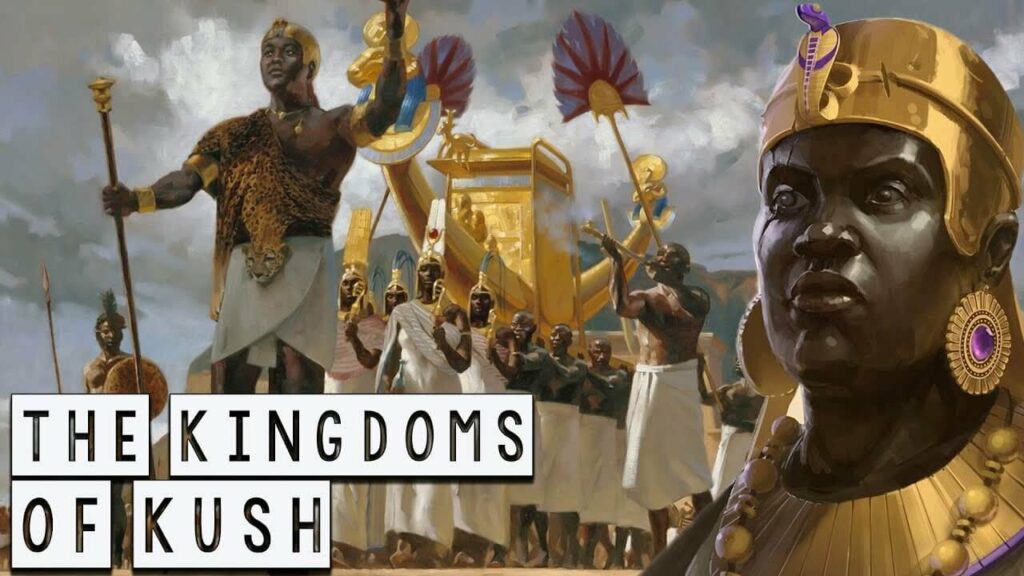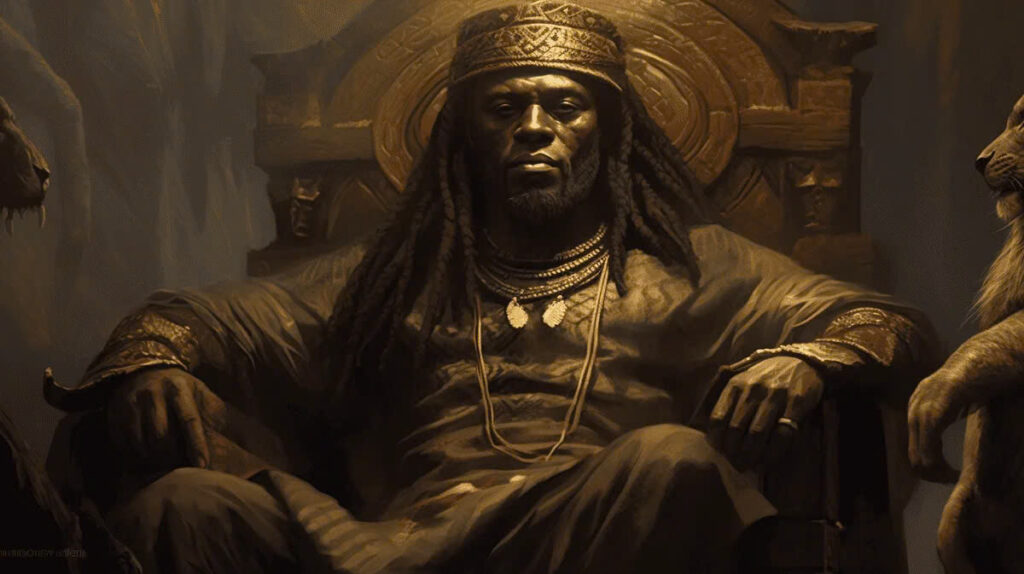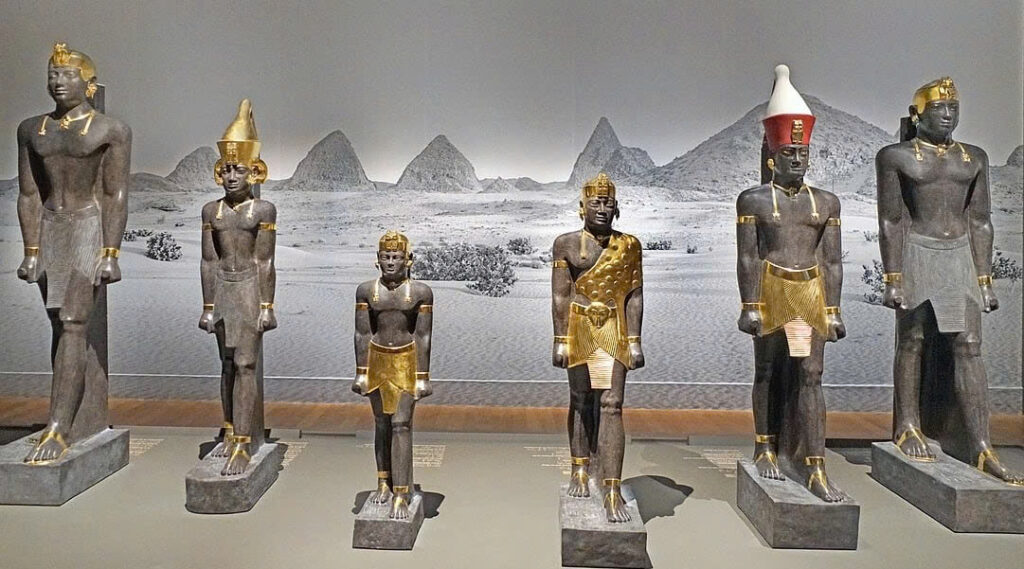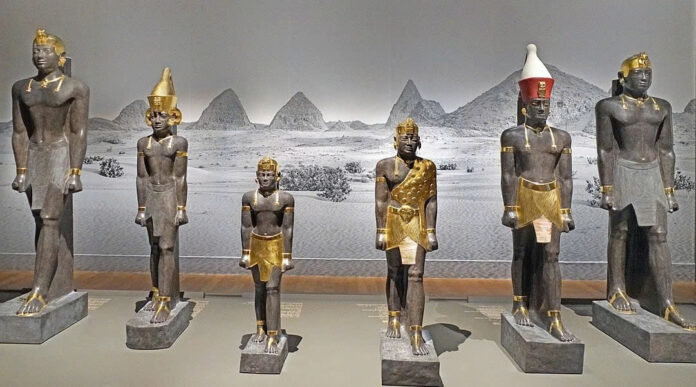A Historical Turning Point

In the 8th century BC, the Kushite King Piye emerged from the Nile Valley civilization of Kemet, embarking on a significant military campaign that led to the conquest of Egypt. This pivotal event culminated in the establishment of the 25th Dynasty of Black Pharaohs around 747 BC. Piye’s reign not only marked the unification of Egypt and Nubia but also highlighted the profound cultural and political connections between these two powerful regions.
Cultural Renaissance Under the Black Pharaohs
Under Piye’s leadership, the Black Pharaohs initiated a renaissance in art, architecture, and religious practices that drew heavily from ancient Egyptian traditions while incorporating distinct Nubian elements. This era saw the revival of monumental building projects, including temples and pyramids that reflected the grandeur of both cultures. For instance, the construction of the Pyramids of Kush at Nuri and Meroë showcased the blend of Egyptian architectural style with Nubian innovations.

The Black Pharaohs were also known for their patronage of the arts, leading to a flourishing of sculpture, painting, and craftsmanship that celebrated both their heritage and their divine authority. This artistic revival not only legitimized their rule but also contributed to a cultural legacy that would influence subsequent generations.
Restoration of Religious Practices

The 25th Dynasty is notable for its emphasis on restoring the traditional worship of Egyptian deities and reinforcing the pharaonic lineage. The Kushite Pharaohs, particularly Piye and his successors, sought to portray themselves as legitimate rulers of Egypt by emphasizing their divine right and connection to the gods. This restoration included the revival of ancient rituals, temple construction, and the commissioning of statues that honored both Egyptian and Nubian deities.
The religious syncretism during this period illustrated the Kushites’ respect for Egyptian traditions while also asserting their own identity. This melding of cultures enriched the spiritual life of ancient Egypt and fostered a greater understanding of the interconnectedness between the two regions.
The Lasting Legacy of the Black Pharaohs
This period of Kushite rule significantly impacted Egyptian history, contributing to the cultural richness and diversity that defines ancient Egypt. The legacy of the Black Pharaohs remains a testament to the intricate interplay between Nubian and Egyptian civilizations, underscoring the importance of understanding this dynamic chapter in history.

As scholars continue to study the achievements of the 25th Dynasty, the contributions of the Black Pharaohs are recognized not only as a significant chapter in Egyptian history but also as a vital link in the broader narrative of African civilization. Their reign serves as a powerful reminder of the strength and influence of the Kushite Kingdom, showcasing how cultural exchange can lead to profound advancements in art, religion, and society as a whole.
Piye’s Military Campaign and Its Impact

Piye’s conquest was driven by both military might and strategic alliances, showcasing the resilience and strength of the Kushite Kingdom. The successful invasion was not merely a military endeavor; it involved diplomatic negotiations with various Egyptian factions that enabled Piye to solidify his rule over Egypt. His efforts demonstrated the military prowess of the Kushites, who were able to unify a culturally rich and diverse region under a single banner.

